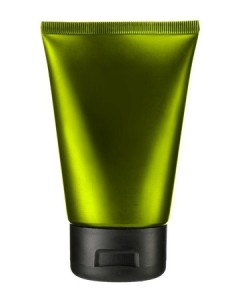WHAT IS PHENOXYETHANOL?
By DR BARBARA OLIOSO, MRSC
Phenoxyethanol, nicknamed PE in the beauty industry, is a transparent oily liquid with a faint rose scent. PE is mainly used as a preservative in cosmetic and pharmaceutical products. It is not present in nature and it comes from petrochemical sources (benzene and ethylene oxide). Its use in cosmetics is restricted to a maximum concentration of 1%. Its CAS number is 122-99-6 if you fancy digging deeper into its chemistry.
What does phenoxyethanol do?
All water based cosmetics need to be protected from bacteria to avoid spoilage and keep them safe (microorganisms can cause skin infections and the worst case scenarios blindness). PE is good at killing bacteria, yeast and moulds and it is used as a preservative.

Why is it used in beauty products?
It is a low cost preservative that lately has been used to replace parabens. It is not as versatile as parabens, but still considered a good option in some cosmetic applications such as skincare and bodycare.
Is phenoxyethanol safe for the skin?
There is an ongoing debate about its safety, with several studies showing some areas of concern, from dermatitis to reproductive toxicity and so on.
In the last year there has been some movement due to the French Agency ASM submitting a report recommending restrictions for children under the age of three, i.e. maximum 0.4% and not to be used in products for the nappy area. The recommendations are based on their concerns about being toxic to reproduction and development rather than its skin irritation potential.

This has led the Scientific Committee for Consumer Safety (SCCS) to set up a consortium to investigate this matter further.
This shows us how complex the answer to this simple question can be these days. It is not just about short term effects like skin irritation but also long term effects such as development in children.
This is the same situation we had with parabens (propyl and butyl paraben) over the last twenty years or so: safe dermatologically speaking but with hormone disrupting properties and long term effects.
So what happened to propyl and butyl paraben? They used to be allowed up to 0.4% maximum concentration when used individually. In September 2014 the maximum concentration was reduced to 0.14%. and they were banned from products for the nappy area for children under the age of 3 (rules will apply from the 16th of April 2015).
Will Phenoxyethanol have the same fate? Wait and see what the consortium finds out. In the meantime I recommend you to avoid it as a precautionary approach.

About the Author
Dr Barbara Olioso is a Green Chemist and founder of Forest Secrets Skincare
Twitter: @drbarbaraolioso
Blog: Green Chemist Consultancy Blog
